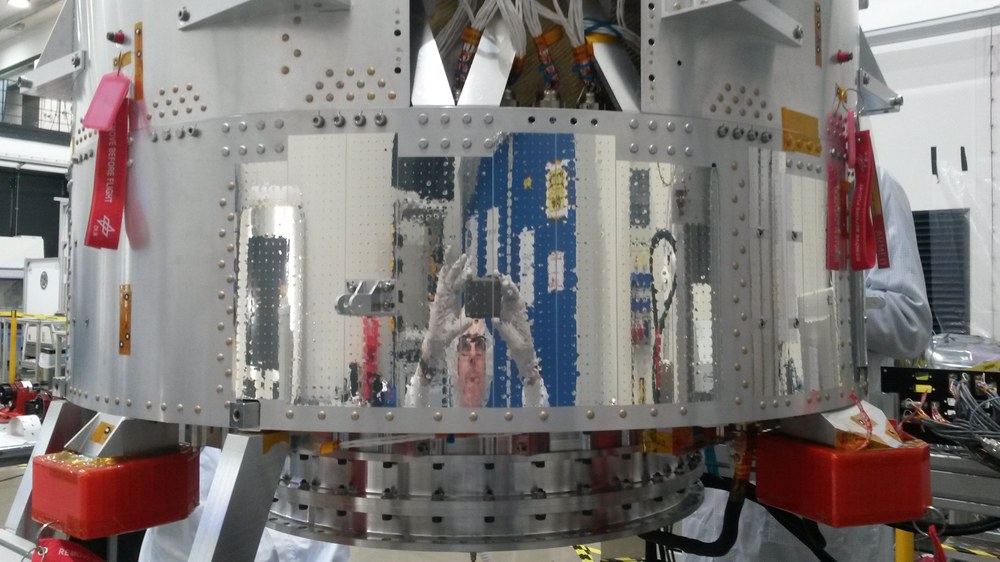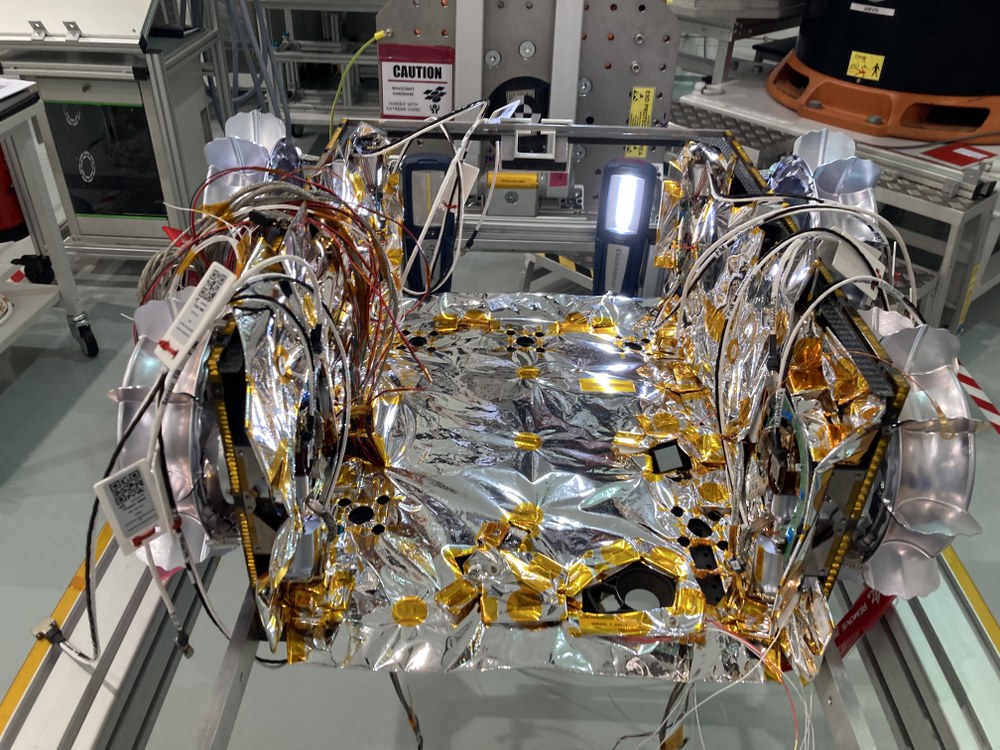Thermal Control Systems



The temperature of the Solar System varies between the -270 degrees Celsius of background radiation in space to the +5500 degrees Celsius on the surface of the Sun. The thermal control system enables a spacecraft to work, without any problems, under these conditions. Instruments, interfaces, structures and fluids must not fall below their minimum or exceed their maximum temperature when in use.
A thermal control system tracks information related to the structure, power consumption, orbit and attitude of spacecraft. The inclusion of insulation casing, radiators, insulators, thermal bridges and heating in an iterative way enables a thermal system, whose performance is continually monitored by means of an analytic process and computer simulations (ESA-Tan, ESA-Rad and thermal desktop).
The final checks on the thermal control system then take place both on life-size models as well as on the actual flight model itself. These tests are performed in a vacuum chamber where realistic space conditions can be reproduced. Shortly after launch, the thermal system can be verified and optimised in orbit. Our tasks include the development, construction, testing and implementation of thermal control systems as well as their monitoring during missions.
